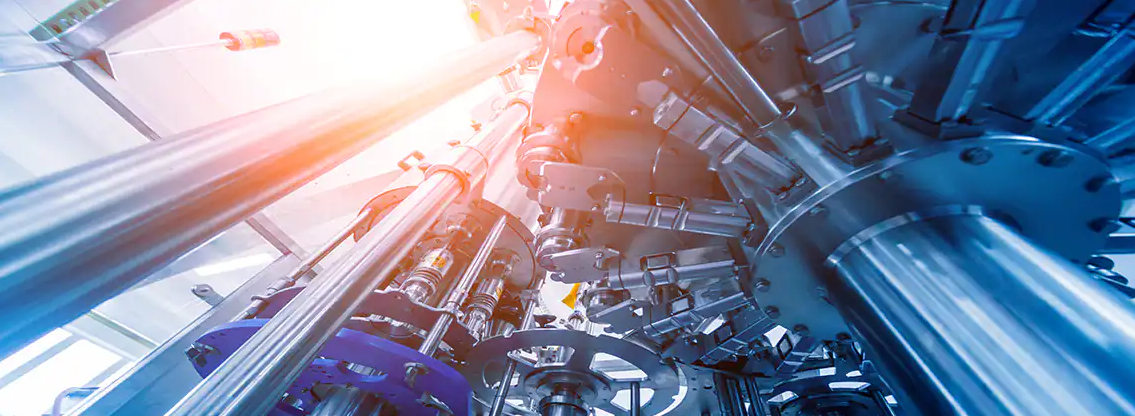Die casting is a popular manufacturing process that involves forcing molten metal into a mold cavity under high pressure. This process is commonly used in the production of parts that require high accuracy, dimensional consistency, and good surface finish. However, designing parts for die casting requires careful consideration of various factors to ensure successful manufacturing. In this article, we will discuss die casting design guidelines, best practices, and tips for successful manufacturing.
1. Design for Manufacturability
Design for manufacturability (DFM) is a critical aspect of die casting design. DFM involves designing parts that are easy to manufacture and assemble. When designing parts for die casting, it\’s important to consider various factors, such as part geometry, material selection, wall thickness, draft angles, undercuts, and fillets. These factors can significantly impact the feasibility, cost, and quality of the die casting process.
To ensure successful manufacturing, it\’s important to work closely with your die casting supplier to identify potential manufacturability issues early in the design process. By doing so, you can avoid costly design changes and optimize the design for the die casting process.
2. Optimize Part Geometry
Part geometry is a critical factor in die casting design. Complex geometries can result in higher tooling costs, longer lead times, and lower part quality. Therefore, it\’s important to optimize part geometry for die casting to minimize these issues.
To optimize part geometry for die casting, consider the following:
• Minimize wall thickness: Uniform wall thickness is essential for good die filling, solidification, and part strength. Design parts with minimum wall thicknesses consistent with strength and stiffness requirements.
• Avoid sharp corners: Sharp corners can lead to stress concentration, which can result in cracking and porosity. Design parts with fillets or radii in corners to distribute stresses evenly.
• Add draft angles: Draft angles are necessary to remove parts from the die and prevent surface defects, such as scratches and drag marks. Design parts with draft angles of at least 1 degree per side.
• Avoid undercuts: Undercuts are features that prevent parts from being removed from the die. Design parts with no or minimal undercuts.
3. Select the Right Material
Material selection is a critical aspect of die casting design. The material selected can significantly impact the performance, cost, and quality of the final part. Therefore, it\’s important to select the right material for your die casting application.
When selecting a material for die casting, consider the following:
• Strength and stiffness requirements: Select a material that meets the strength and stiffness requirements of the part.
• Corrosion resistance: Select a material that has good corrosion resistance if the part will be exposed to corrosive environments.
• Heat resistance: Select a material that has good heat resistance if the part will be exposed to high temperatures.
• Cost: Select a material that is cost-effective and meets the performance requirements of the part.
4. Use the Right Tooling
The right tooling is critical for successful die casting. The tooling used can significantly impact the quality, cost, and lead time of the die casting process. Therefore, it\’s important to use the right tooling for your die casting application.
When selecting tooling for die casting, consider the following:
• Tool material: Select a tool material that has good wear resistance, thermal conductivity, and toughness.
• Tool design: Design the tool with proper cooling channels, venting, and ejection system to ensure good part quality and tool life.
• Tooling lead time: Consider the lead time required to manufacture the tooling and plan accordingly.
5. Conduct Simulation
Die casting simulation is a powerful tool that can help optimize part design, material selection, and tooling design. Simulation software can predict potential defects, such as porosity, shrinkage, and warpage, before parts are manufactured. This can help optimize the design for the die casting process and avoid costly rework.
When conducting simulation for die casting, consider the following:
• Use accurate material data: Use accurate material data to ensure accurate simulation results.
• Conduct multiple simulations: Conduct multiple simulations with different process parameters and design alternatives to find the optimal design.
• Work with your die casting supplier: Work with your die casting supplier to verify simulation results and optimize the design for the die casting process.
Conclusion
Designing parts for die casting requires careful consideration of various factors to ensure successful manufacturing. By following die casting design guidelines, best practices, and tips, you can optimize part design, material selection, and tooling design for the die casting process. This can help reduce lead times, lower costs, and improve part quality.

 0086-750-5616188
0086-750-5616188 +86 13392089688
+86 13392089688 sales@zhongmei-tech.com
sales@zhongmei-tech.com













